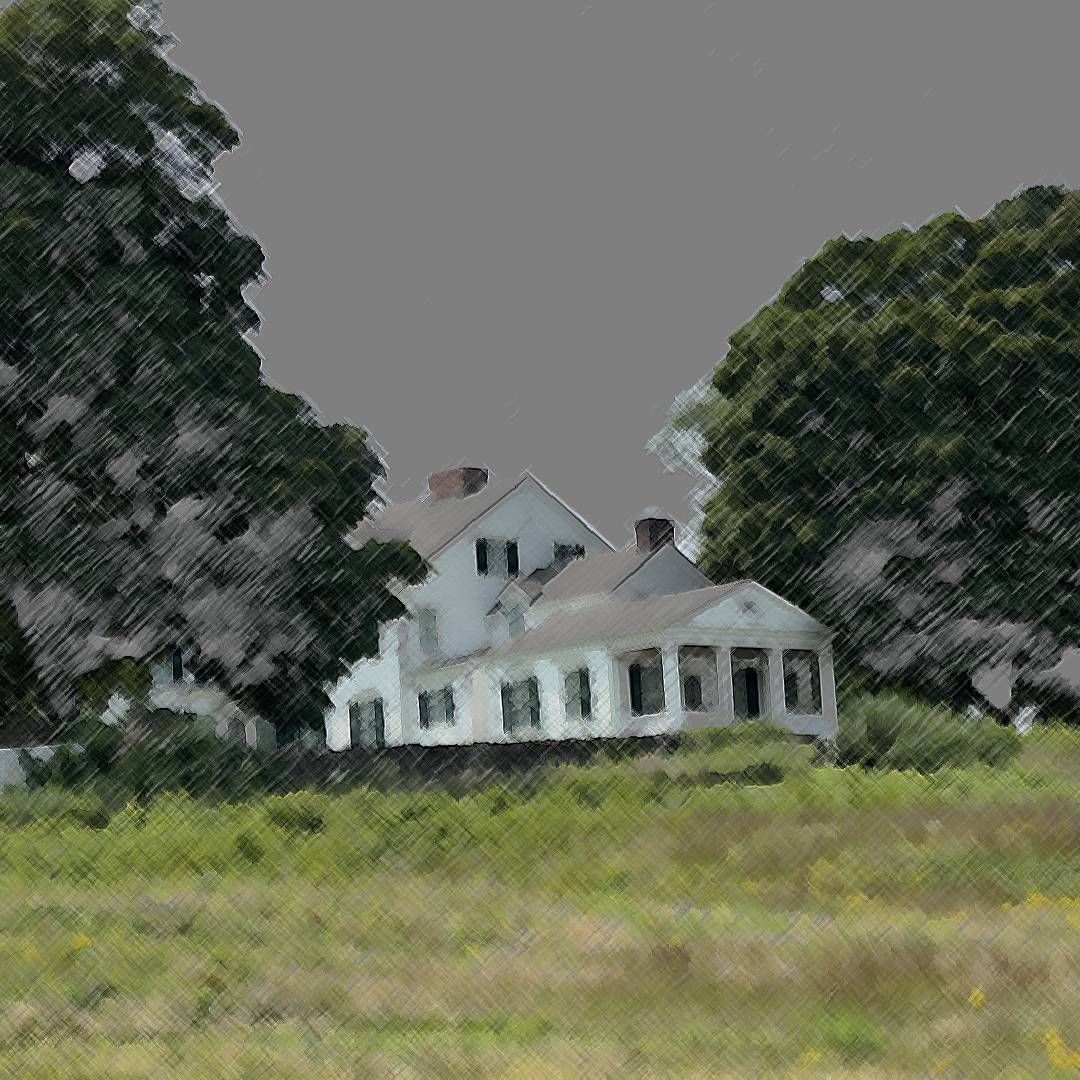Museum Review // Hill-Stead Museum, Farmington CT
As part of the Connecticut Art Trail passport, Quentin and I visited the Hill-Stead Museum, which was something I knew very little about going into it. I've found that a lot of museums have certain days off (like Mondays and Tuesdays) so my biggest concern on the website was making sure it was open when we went. I saw that there was both impressionist paintings and hiking trails, so I assumed we were going into an art museum like Florence Griswold, which is where we went first with this art passport.
What I learned when we got to Farmington is that I was partially right but not really. Prior to visiting the Hill-Stead Museum, Quentin and I went with my dad to the Mark Twain House (which is not part of the passport) and in many ways the way that the Hill-Stead Museum is combines the Mark Twain House with Florence Griswold. It's a house you tour, hear stories about but also get to see art in a way like you sort of would in an art museum but with a little bit more purpose.
Typically when I visit an art museum I'm just left to my own devices, though I know you can take private tours at a lot of museums. Still, in a lot of way art museums have that distinction of being places where art is collected and stored, though some times it can travel and not be in the museum. The paintings inside of the Hill-Stead are there because that's how it's always been and they don't have rotating exhibits or anything to that effect.
But the Hill-Stead is also like the Mark Twain House in the way that people lived here, collected the art and have their own stories to be told. One story told was how the family stayed in a hotel, there was a fire and some of the paintings had to be saved from said fire. There was a picture showing one of the very paintings on display in the room being carried down a ladder and out of a burning hotel!
It's funny, as old as I am this is the first time I've heard of something like this. The Mark Twain House holds a lot of history based around Mark Twain, but there isn't as much focus there on the art work in his former house as there is in Hill-Stead. This whole experience is just art + history and it makes learning about it all so much fun.
As is the case with the Mark Twain House, there are no photos allowed inside of the house itself. So you must visit yourself to see it all. But they do offer books for sale so you can remember what you saw and get general ideas of the inside of the house. I picked up two books, a magnet for "The Tub" which is a Degas painting you just have to experience in person for yourself and a set of notecards based on the seascapes of Whistler.
Along with everything you can see and learn about in the house itself, the grounds (which is a farm) has a sunken garden, hiking trails and when you go down a path there are even sheep. I told Quentin that even if he experienced this type of history and culture in school, he still wouldn't get to see sheep by the end of it.
The Hill-Stead Museum is like if Mark Twain was an avid collector of Van Gogh paintings and so you got twice the experience in his house, only this was a house lived in by Theodate Pope Riddle, an architect and philanthropist, Alfred Atmore Pope (her father) and John W. Riddle (her husband) and they collected more impressionist type paintings such as Claude Monet. This is such a beautiful place to visit, both inside and out, that you can make an entire day out of it. We plan on going back in the Fall when it's a bit cooler to enjoy the hiking trails.


Comments
Post a Comment